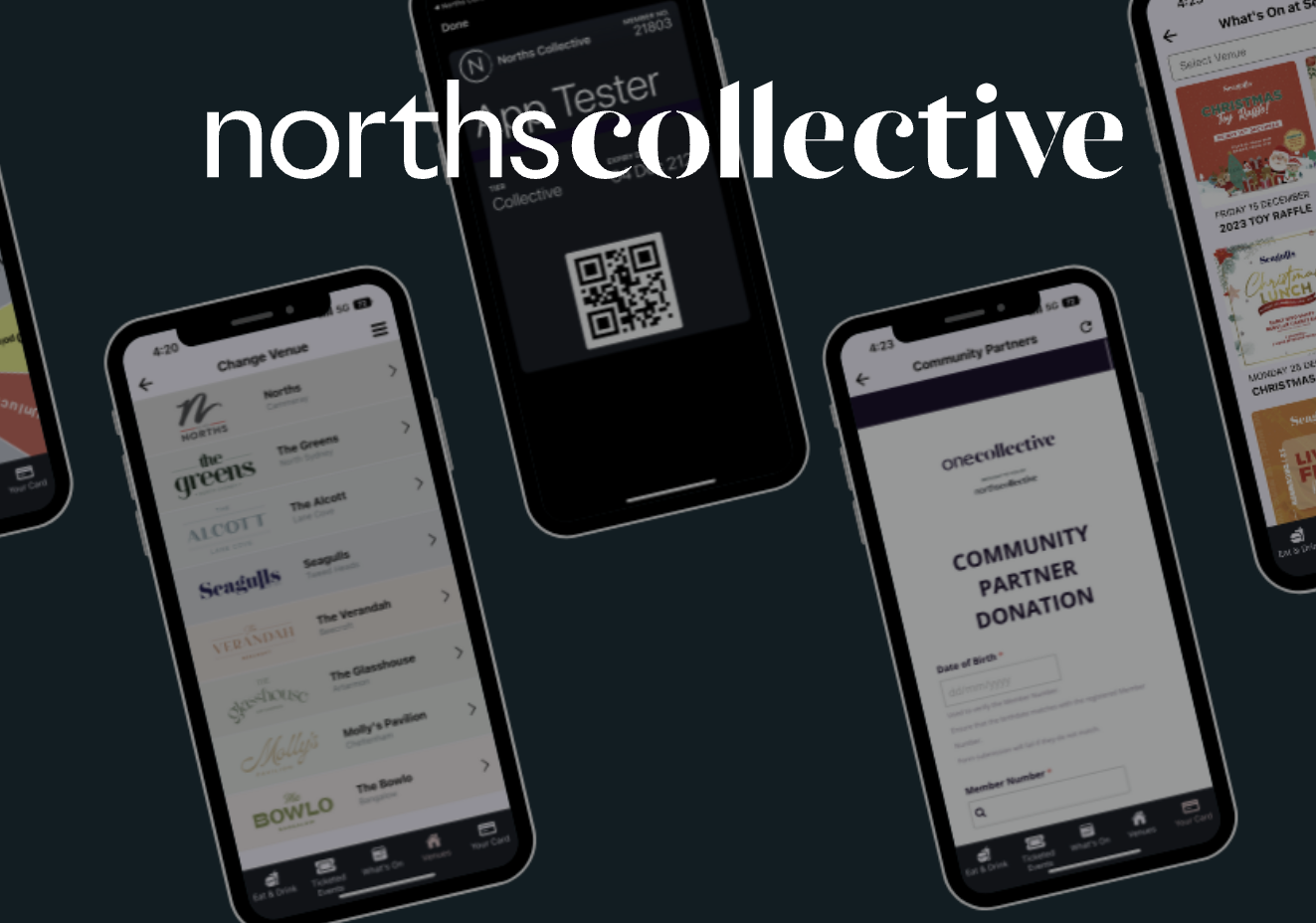Breaking down data silos for digital success
As part of its efforts to eliminate data silos in the organization, Lexmark established a “data steering team.

As part of its efforts to eliminate data silos in the organization, Lexmark established a “data steering team.” This team has helped the company to align data across business areas; establish a data governance function to enable trust, privacy, and security of the data; and invest in the talent and technology needed to build a holistic data architecture across Lexmark, Gupta says.
Lexmark uses a data lakehouse architecture that it built on top of a Microsoft Azure environment. “This has enabled every function to embrace data to make decisions, like which products to manufacture, how to price them, how much inventory to hold, and even predict when each device that we have deployed will break down,” Gupta says.
The company has more than 20 machine learning models in production today, and thousands of employees leverage hundreds of dashboards to help with decision-making.
“Data-led decisions will always produce the best results, but you need all the available data to make the most informed decision,” Gupta says. “Workers in individual data silos are cut off from potential findings that could inform a better direction. It can also lead to duplicated efforts that drain resources. There’s also the issue of bias. It may look like a good decision, but only because you don’t have access to all the details that would lead you in another direction.”
Lexmark has found that by democratizing information through the breaking down of silos, it could create a “culture of innovation” within the organization, Gupta says.
“Coordination and collaboration between different groups was easier to accomplish when everyone was working off of the same page of data,” Gupta says. “New, ingenious ideas to complex challenges bubbled up to the surface because of data sharing. It also led to happier employees who felt like they were being set up to succeed. Everyone had equal access to the info they needed to best do their job.”
Common data platform delivers sharper analytics
To break down data and political silos to drive democratization and standardization of data, technology research and advisory firm ISG started by rolling out an initiative to build and deliver a common data platform, says Kathy Rudy, chief data and analytics officer at ISG.
Those spearheading the effort briefed leaders of the business units about it and asked for their support, as they approached data owners across their businesses.
In preparation for the rollout, “we inventoried our data across the organization and categorized by type, owner, platform, data usage, data formats, terminology, etc.,” Rudy says. “With that knowledge, we built a data dictionary and common taxonomy.”
Having this information ahead of time was critical to build trust and cooperation from data owners, whose participation was key to the program success, Rudy says.
“Our understanding of their data and its structure allowed us to have pragmatic conversations about the effort required to create the common taxonomy and data structure necessary to allow for better access, usage, and monetization of data across the company,” Rudy says.
Breaking down silos and making data more widely available have delivered a number of benefits, Rudy says. “Access to data allows users to make better decisions, drives efficiency in providing analytics, enables us to serve clients faster and with more knowledge, and begins to show possibilities for new products and services that may not have been apparent until the data was viewed more holistically,” she says.
Side benefits include improved data quality, the ability to develop a centralized data retention policy, and improved security across data assets, Rudy says.
Tips for success
Those who’ve successfully broken down data silos suggest a few best practices for undertaking such initiatives.
Secure executive support and vision. “Breaking down silos often involves overcoming resistance from departments with embedded resources,” Phoenix Children’s Higginson says. “To address this challenge, it’s important to have strong executive support and vision. For us, that support started from the very top, [with] our president and CEO.”
Executive support can help to overcome political resistance and can provide clear direction and commitment to data integration efforts, Higginson says.
“You need to have the support and buy-in of business leaders and they need to understand the value or [return on investment] in supporting the program,” Rudy says. “Otherwise, you will be sidetracked by teams and data owners who put your requests on the back burner.”
Build cross-functional teams. Along with getting executive buy-in, IT leaders should assemble teams comprised of individuals across business units, ISG’s Rudy says. This is a good way to build trust, transparency, and accountability across data owners.
“If you can bring teams together to share tactics for managing data and overcoming challenges, it helps to create an atmosphere that we’re all in it together,” Rudy says.
Identify differentiators — and incorporate data discovery. Another key is to zero in on new possibilities that arise when you break down the walls between data fiefdoms. “Instead of replicating local functions, seek differentiators that a centralized data approach can offer, such as combining data from multiple systems to better illustrate a problem or opportunity,” Higginson says.
Companies should also incorporate data discovery, Higginson says. “Rather than focus on building the perfect normalized data warehouse, gather the data in its original format and perform the data discovery as real use cases emerge,” he says. “Understanding and documenting data models for systems that no one ever asks about is meaningless. Let the desired outcomes drive the discovery of the data and don’t focus on understanding or reorganizing it all before generating value.”
Create digital threads. Enterprises should create a digital thread to better understand the flow of information through a product’s lifecycle, Lexmark’s Gupta says. “This will be the ramrod that will break down those data silos,” he says. “If you were creating a digital thread for your product line, then it would be one end-to-end channel that incorporates data from every stage that goes into the creation of that product — ideation, design, manufacturing, shipment, implementation, use, maintenance, and decommission.”
Digital threads enable organizations to prioritize certain data sets; create automated processes so that the data is clean, accurate, and secure; and add tools that let anyone in the digital thread to turn the data into insights relevant to them, Gupta says.








 " title="
" title="